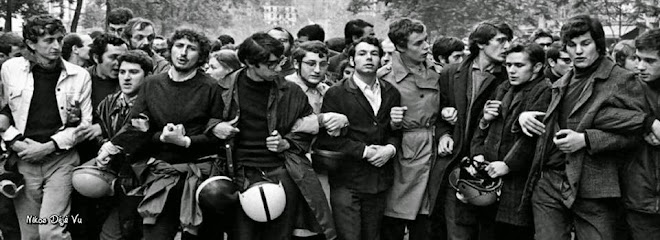The Romanian Revolution of 1989
How Ethnic Unrest lead to the Execution of a Communist Dictator
The Romanian revolution essentially began in mid-December 1989 in the western Romanian city of Timisoara, when ethnic Hungarian priest, Laszlo Tokes, was threatened with deportation for his outspoken criticism of Nicolae Ceausescu’s treatment of the large Hungarian minority.
Police and security forces were brought in to quell the uprising, but in the following nights more and more people joined the demonstrations. As the crowds gained in number, more force was used against them which did result in a number of fatalities.
Ceausescu was visiting Iran when the protests began, when he learned of them, he cut short his trip and returned to Romania declaring a state of emergency in Timisoara. By now, protests had to spread to nearby areas in the region.
Ceausescu's Authority is Challenged by Protesters in Bucharest
On December 21st Ceausescu gave a speech to a large crowd gathered in Bucharest’s main square, it was televised to help calm the atmosphere of unrest. Much to Ceausescu’s surprise sections of the crowd began booing and chanting and he was effectively drowned out by the noise. The security forces stepped in to control the dissidents and yet more violence erupted and a number of demonstrators were killed.
Romanians were not put off by this and the next day, more and more people descended on the square, the army and the Securitate (Romania’s secret police force) were ordered to shoot at the protesters, not all were willing to do so. Rumours spread amongst the crowd that the army was refusing to obey orders, therefore were on the people’s side, this galvanised the protesters.
Protesters Storm the Communist Party Buildings
Due to the mass dissent Ceausescu and his wife Elena attempted to flee Bucharest. Protesters began to storm government buildings located in the square, notably the Communist Party headquarters. Chaos and confusion reigned as the country was effectively leaderless.
Ceausescu and his Wife are Captured and ExecutedOn Christmas Day, just a few days after they had fled, Ceausescu and his wife were captured by paramilitary forces and put on trial in a secret military court. Both were handed the death sentence which was to be carried out immediately by firing squad. Images of the dead leader and his wife were broadcast on televisions throughout Romania, the demonstrations dissipated as people learned Ceausescu’s reign was definitively over.
Ion Iliescu Emerges as the New Leader
In the midst of all the uncertainty, Ion Iliescu, a former high-ranking member of the Communist party, now leader of the National Salvation Front (NSF) announced they would form an interim government, the first move was to abolish the one-party system. Iliescu then served three terms as President of Romania.
Theories Behind the Causes of the Romanian Revolution
Twenty years on controversy remains about the nature of the Romanian revolution. Although the initial demonstrations in support of Laszlo Tokes were genuine, there is debate over whether the dissidents in the crowd in Bucharest were there because of Ion Iliescu, working with senior army officials to stage a coup d’etat.
On the other hand, it is said that conditions for a popular uprising in Romania were perfect. There had been a long period of economic decline, along with food and fuel rationing and severe shortages, in stark contrast with the luxurious lifestyle led by the Ceausescu’s. Equally important is that in 1989, the countries surrounding Romania toppled their own Communist rulers by popular uprisings thus bringing an end to the Soviet domination of Eastern Europe.
Whatever the reasons for the revolution, it will always remain notorious for being the most violent and bloodiest seen in recent European history.
_______________
Nikos Deja Vu
http://n1k0s.multiply.com
Jul 13, 2010
Nikos Deja Vu - The Romanian Revolution of 1989
Subscribe to:
Post Comments (Atom)



thanks a lot
ReplyDelete